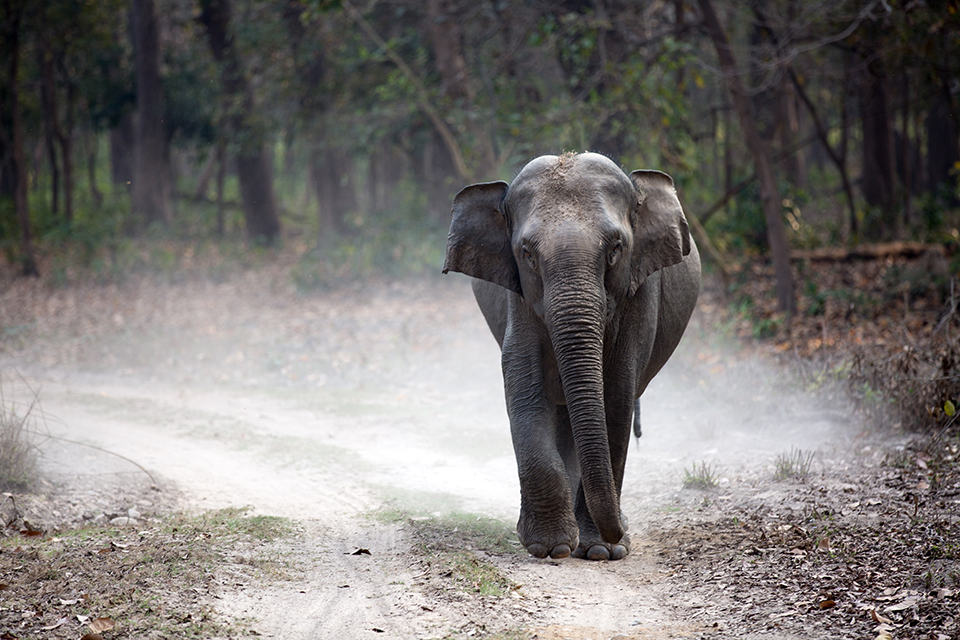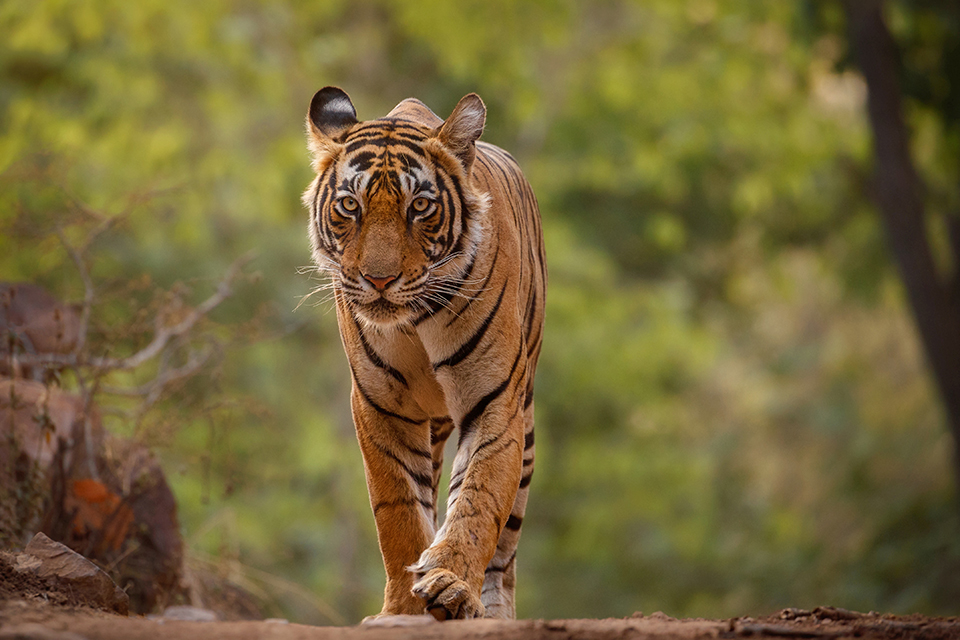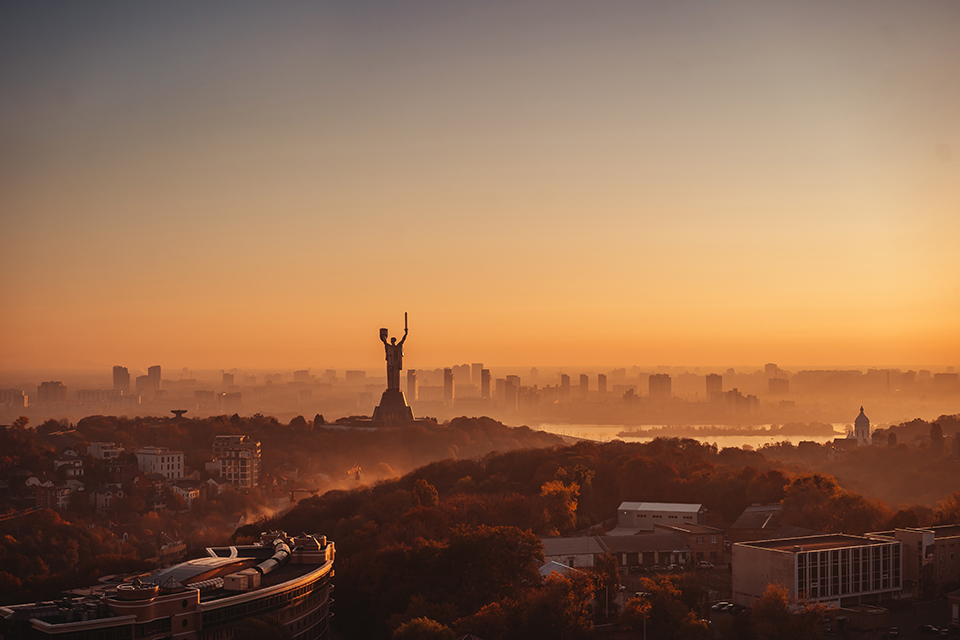It does not matter if this is related to the amount of experience you gain while traveling, or whether the tough terrain and journey are what give you more strength of driving and sustaining better. Regardless of this, road trips also add a new chapter to your life that’s full of fun, adventure, excitement, and happy memories. And when the journey is from the capital of the country, Delhi, to the oldest national park, the Jim Corbett National Park, then you not only collect pictures and memories, but also tons of knowledge in your mind’s encyclopedia.
Mountains are an abode to many unique human cultures that represent the distinct lifestyle in the region. Though, it is a matter of fact that life in such regions is quite difficult and takes a heavy toll on the hill folk who inhabit the difficult terrain. This is the primary reason why religion, worship, social gatherings, and fairs play a key role in the life of people living in this area.
Traditional knowledge is important for the sustainability of available natural resources including water, forests, and landscapes. The currently confined periphery of the Jim Corbett National Park and its surroundings was known for its diversity of wildlife and scenic beauty for more than a hundred years ago.
From ancient times the interaction between man and the environment was maintained efficiently till the 18th century. Then the phase of Industrialization started, and the greed of men became infinite so the speed of clearing the forests and butchering the animals for beauty products, medicinal purposes, and decorative items increased rapidly.
Let us go back to the beginning when efforts to save the identified regions of the forests started in the 19th century under the guidance of Major Ramsay. He was the British officer who held the responsibility and was appointed the in-charge of the area during those times. The British forest department of those times made control over the demarcated land and prohibited cultivation and the operation of cattle stations. It was the year 1868 when the first step in the preservation of this area began. Soon after in the year 1879, these forests were turned into Reserved Forest areas where restricted felling was permitted.
Then after British Administration took initiative and considered the possibility of establishing a game reserve in 1907. It was in the year 1930 when the process of demarcation of the identified area went underway under the excellent supervision of Sir Edward Jim Corbett, who knew the area very well.
The National Park act finally came into effect in 1935 when Sir Malcolm Hailey was Governor of the province and hence first National Park of Asia came into existence as Hailey National Park. After independence, the park was known by the name of Ramganga National Park for a brief (1952-1957) period. In 1956 the park was again renamed the Jim Corbett National Park as a tribute to the legendary Sir Edward Jim Corbett. Hunting activity was strictly prohibited, and only timber cutting for domestic purposes was allowed.
But the Park was not always called Corbett. Set up in 1936 as India’s — and Asia’s — first national park, it was called Hailey National Park after Sir Malcolm Hailey, the governor of the United Province. It was renamed Ramganga National Park, named after the river, that flows through it, shortly after Independence, and was rechristened yet again as Corbett National Park in 1956.
Jim Corbett’s name has lent itself to India’s oldest and most celebrated national parks and to the cottage industry that has grown around it. From guesthouses to hair salons, from general stores to gift shops, Corbett’s name lives on in and around the forests of Uttarakhand where the celebrated hunter-naturalist once lived and whose efforts led to the establishment of the national park.
“This was one of the few instances when something was named after an Englishman after Independence. Usually, things named after the English were renamed after Independence, but this was the other way around,” says Stephen Alter, author of In the Jungles of the Night: A Novel About Jim Corbett. “It was at the insistence of Corbett’s friend, the great freedom fighter from Kumaon and the first chief minister of Uttar Pradesh, Govind Ballabh Pant, that the park was renamed after him, to honor his conservation efforts,” says Alter, whose book draws on many Corbett stories to paint a sparkling portrait of the man.
Corbett offers everything a nature lover can ask for: crystal clear Ramganga river flowing throughout, vast grassland areas, pristine dense forests with the backdrop of the Shivalik range of the Lesser Himalayan Chain. The forest tours are very much tiger centric and the guides and visitors are always exchanging notes about tiger sightings. The guides are connected by mobile phones now and get updates in the few places inside the forest where mobile signals are available.
Indeed, it is a cliche, especially in a tiger reserve, to say that the forest has to be experienced in its entirety and the tiger is only a cog in the ecosystem wheel and so on. But after having your fill of tiger sightings (if that is possible), you can relax and take in the beauty of Corbett.
Corbett national park is situated on the banks of the Ramganga. It is nestled between the Himalayas and Shivalik in the state of Uttarakhand. It covers a total area of 1288.12 square kilometers of which 821.99 square kilometers is the core zone where tourists are not allowed.
The national park has two divisions- Ramnagar tiger division and Kalagarh tiger division comprising 12 ranges and four sub-divisions. Additionally, while one range is focused on eco-tourism, research work is carried out in another range. Conservation work focused on about 50 mammal species, 650 bird species, and 25 reptile species is carried out in Corbett.
The Ramganga river is also the breeding ground for Ghariyal and crocodiles.
The Mahasheer fish also thrives in this river.
Corbett is one place where you can hear both the trumpets of the elephants and the roar of the tiger at the same time. There are many instances where you can see a tiger passing through the forest with the herd of elephants keeping a close eye on its movement, both the titans giving one other equal respect.
Just for the record, Corbett is not a Wildlife Sanctuary. There is a difference between the National Park and a Sanctuary.
The National Park is a protected area that is formed to preserve fauna, flora, historic objects, landscapes, and any place with geographical importance. National Parks can be formed and declared by the Central or State Government. National Park is an area of significant ecological significance.
Species mentioned in the Schedules of the Wildlife Act are not allowed to be hunted or captured. No person shall destroy, remove, or exploit any wildlife from a National Park.
Grazing of livestock and minor forest collection is not permitted here.
National Park has a heavy restrictions for movement as No human activities are allowed in the core zone.
The main objective of the National Park is the preservation of species and their genetic diversity and the maintenance of ecosystems.
The boundary line of wildlife sanctuaries is flexible.
It is a natural area that is reserved by the government for the protection of some particular species.
It is meant for preserving species of birds and animals. The wildlife sanctuaries are established to protect endangered species.
Capturing for commercial use, killing, and poaching of animals is strictly prohibited in Wildlife Sanctuaries.
As per law, tourists are permitted to visit Wildlife Sanctuaries, the general public can also visit these sanctuaries as per the government norms.
Livestock grazing is prohibited in a National Park but can be allowed in a regulated manner in Sanctuaries
Jim Corbett national park is not a single forest, it's many in one. It has got riverine vegetation along the meandering Ramganga and Kosi rivers and the faint fragrance of the thick Sal and deciduous trees truly enraptures you.
There is something truly magical and mystical about this place, and you realize it the second you set your foot in.
They say road trips make you stronger!
As we know that Corbett is tucked away in the foothills of the Himalayan Sub-belt and hence reveals a synthesis of two such hill cultures i.e. Garhwali and Kumaoni. Similar culture is found in many other mountain regions worldwide where music and dance are important cultural elements. Kumaoni and Garhwali regions have distinct folk-art forms that are woven into the texture of daily life.
Our forests are the most precious part of the earth.

The idea of setting up a National Park on this magical soil was suggested by several Britishers, including E.R. Stevans and E.A. Smythies in the early 1900s.
Another golden day added to the history of Corbett was when in 1973 Corbett Named Park was considered the launch pad for India's Tiger Protection program and hence become India's first Tiger Reserve.

A national park has more restrictions as compared to a wildlife sanctuary.
The wildlife sanctuary is an area where animal habitats and their ecosystem are protected from any type of disturbance to ensure a comfortable living environment for the animals.
A Sanctuary can be upgraded to a National Park, but a National Park cannot be downgraded to a Sanctuary.
RELATED TOPICS:#travel
Leave a comment
Our email address will not be published. Required fields are marked *







0 Comments